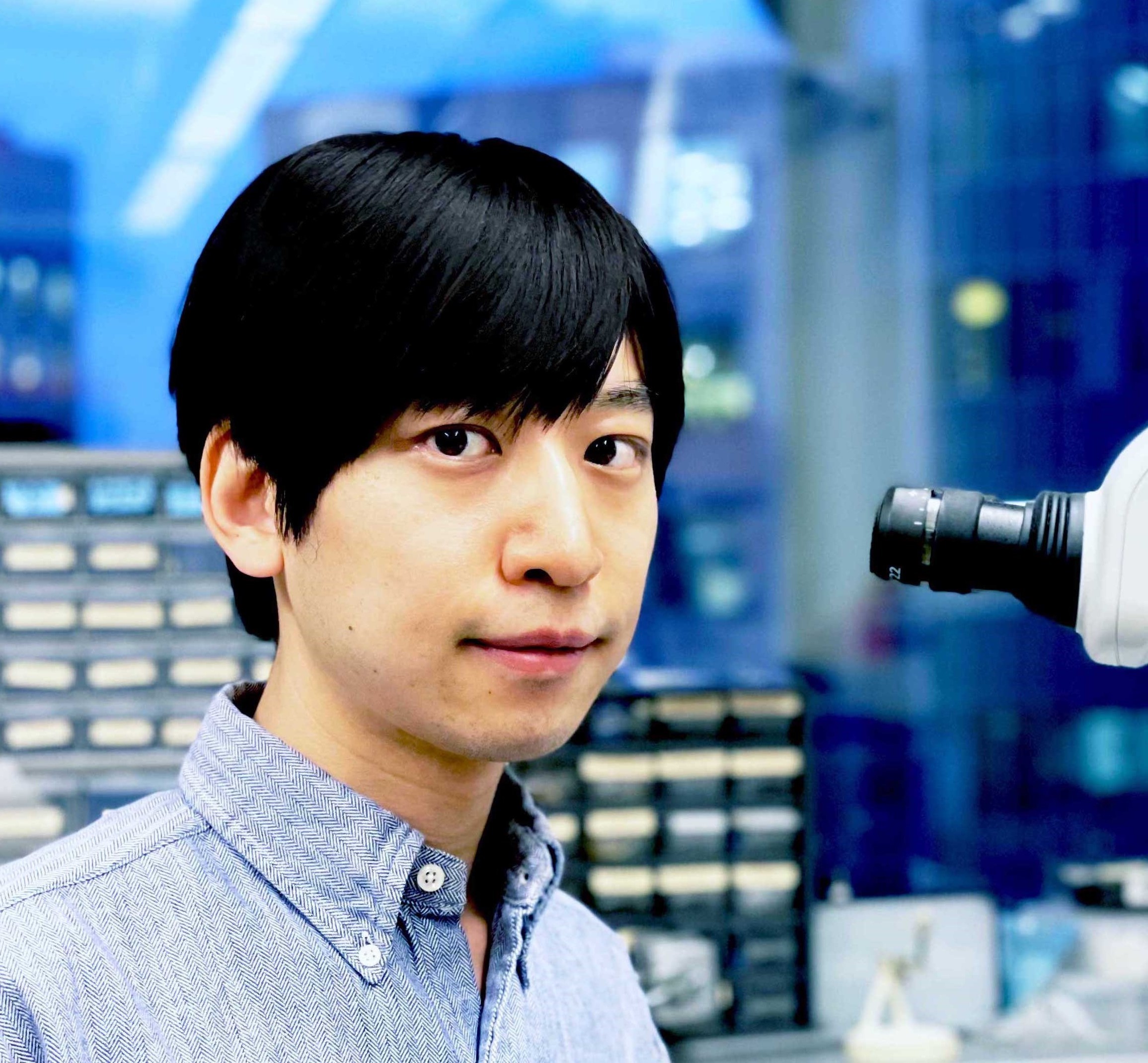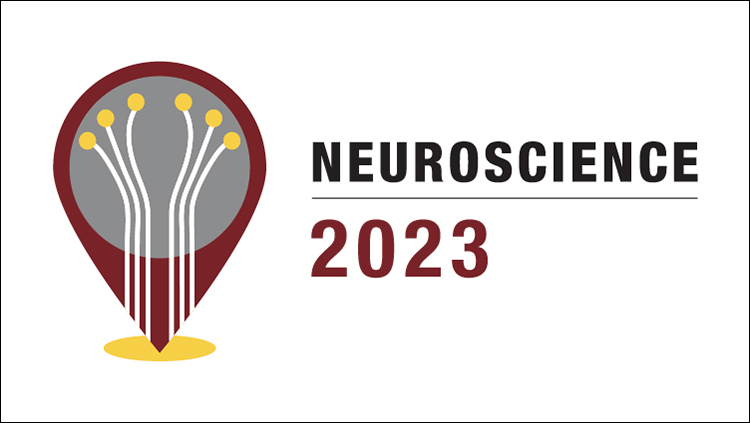Inside Neuroscience: The Cellular Connections Between Sleep and Anxiety
It’s a vicious cycle: anxiety makes it difficult to sleep, and a sleepless night worsens anxiety. For many people, the COVID-19 pandemic amplified this cycle. About half of people experienced sleep disturbances during the pandemic, compared to between 14% and 25% before the pandemic, according to recent estimates.

Sara Aton
“This is a pressing issue for us to think about today, because both anxiety and sleep disruption are increasingly common in the population,” said Sara Aton, associate professor of molecular, cellular, and developmental biology at the University of Michigan and moderator of a Neuroscience 2022 press conference titled, “Diverse Mechanisms Underlie Associations Between Sleep and Anxiety.”
Despite the prevalence of the issue, there remains many unanswered questions about the cells and circuits that drive the link between sleep and anxiety. Identifying the culprits could provide a new range of targets for anxiety treatments.
Resilience Through Sleep
Sometimes a good night’s sleep is the best way to deal with a stressful day. This type of sleep is called restorative sleep. It’s known to increase after social and mental stress, but researchers aren’t sure what drives it.
Microglia may play a role. If microglia are involved in regulating sleep and wake, then alterations in their activity should lead to changes in sleep. To test this hypothesis, researchers at the University of Tsukuba in Japan inhibited microglia in mice with a drug and recorded their sleep after a stressful social encounter with another mouse. Mice with inhibited microglia slept more than the control mice at baseline and slept even more after a social stress — they had increased restorative sleep. This suggests that microglia are indeed involved in regulating sleep.

Kazuya Miyanishi
“Our data demonstrates that microglia act as sleep regulators under both healthy and stress conditions,” said Kazuya Miyanishi, PhD candidate and presenting author. “Our study provides a potential therapeutic target for microglia in mental stress associated sleep disturbance.”
The gut microbiome also functions in line with a circadian rhythm. The trillions of microbes living in the gut influence the production of stress hormones based on the time of day; production peaks at the start of wake. Researchers at the University College Cork in Ireland compared the stress response of mice with and without a gut microbiome throughout the day.
Stress hormones peaked at a higher level in the mice with a depleted microbiome compared to the control mice, suggesting that gut microbiota regulate the production of the hormones throughout the day. The depleted mice did not respond appropriately to a stressor when it occurred at dusk, unlike the normal stress response seen in control mice. But the depleted mice demonstrated a normal stress response when it occurred at dawn. These results indicate that the gut microbiome plays a time-of-day dependent role in stress response.

Gabriel Tofani
“Once we identify microbial strains that can modulate stress hormones, we can hopefully apply that in future studies as a probiotic in order to alleviate symptoms of stress-related disorders and circadian disruption,” said Gabriel Tofani, PhD candidate and presenting author.
When Stress Wrecks Sleep
The rhythm of cellular functions linked to sleep and wake can generate resilience to stress, but stress can also upend the balance. Stress activates neurons in the paraventricular thalamus (PVT), which promotes arousal and can disrupt sleep for days after the stressor. The PVT sends information about stress from subcortical brain areas to cortical brain areas, which then orchestrate stress-related behaviors.
Researchers from the Institute of Experimental Medicine in Budapest, Hungary inhibited PVT neurons in mice for one hour immediately following a stressful event. These mice did not display any stress-related behaviors, while control mice did: they took longer to fall asleep, moved more, and froze more in their home cage.

Laszlo Acsady
The results indicate that via its rich forebrain connections altered activity of the PVT can play a major role in the development of stress disorders. “It might be critical in establishing a stress phenotype, which then results in sleep disturbances,” said László Acsády, principal investigator and presenting author.
Mania is another psychiatric condition that interferes with sleep. Over 69% of mania patients experience insomnia during a manic episode, and over 70% of people with bipolar disorder have sleep issues in between episodes. Inhibitory neurons in the ventral medial midbrain/pons may be involved in mania-induced sleep disruption.

Takato Honda
Blocking these inhibitory neurons in mice generated mania-like behaviors, such as hyperactivity, reduced anxiety behaviors, and reduced sleep. The mice also didn’t sleep more after sleep deprivation. “Our findings may provide a novel insight into the understanding of the pathophysiology of bipolar disorder and homeostatic sleep regulation,” said presenting author Takato Honda, Picower fellow at the Picower Institute for Learning and Memory at the Massachusetts Institute of Technology.
As future studies build off these findings, it may become possible to target the specific mechanism of a stress response gone awry — and set it right again. “These studies highlight that sleep is an essential component of regulating responses to acute and chronic stressors,” Aton said, “and the findings could have implications for developing new therapies for anxiety.”






















